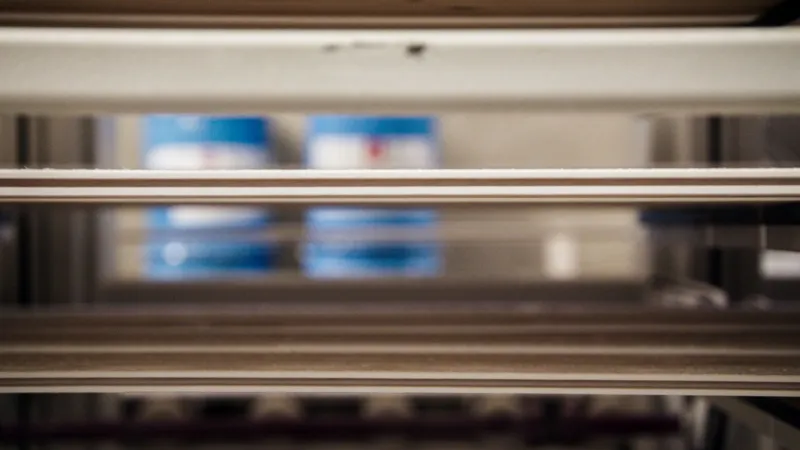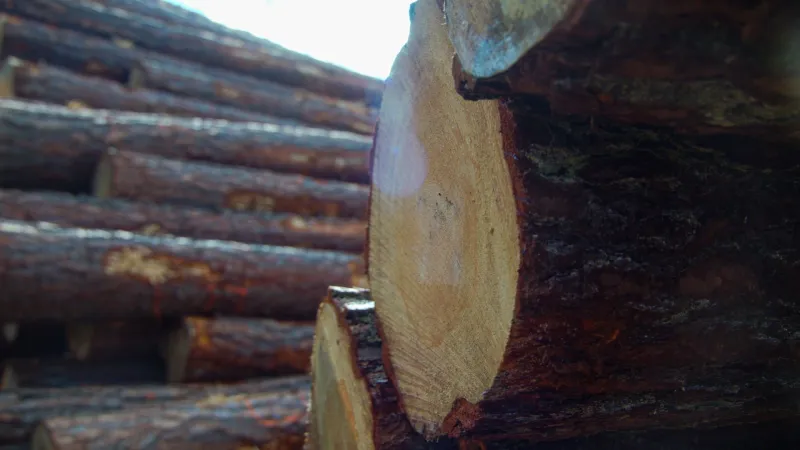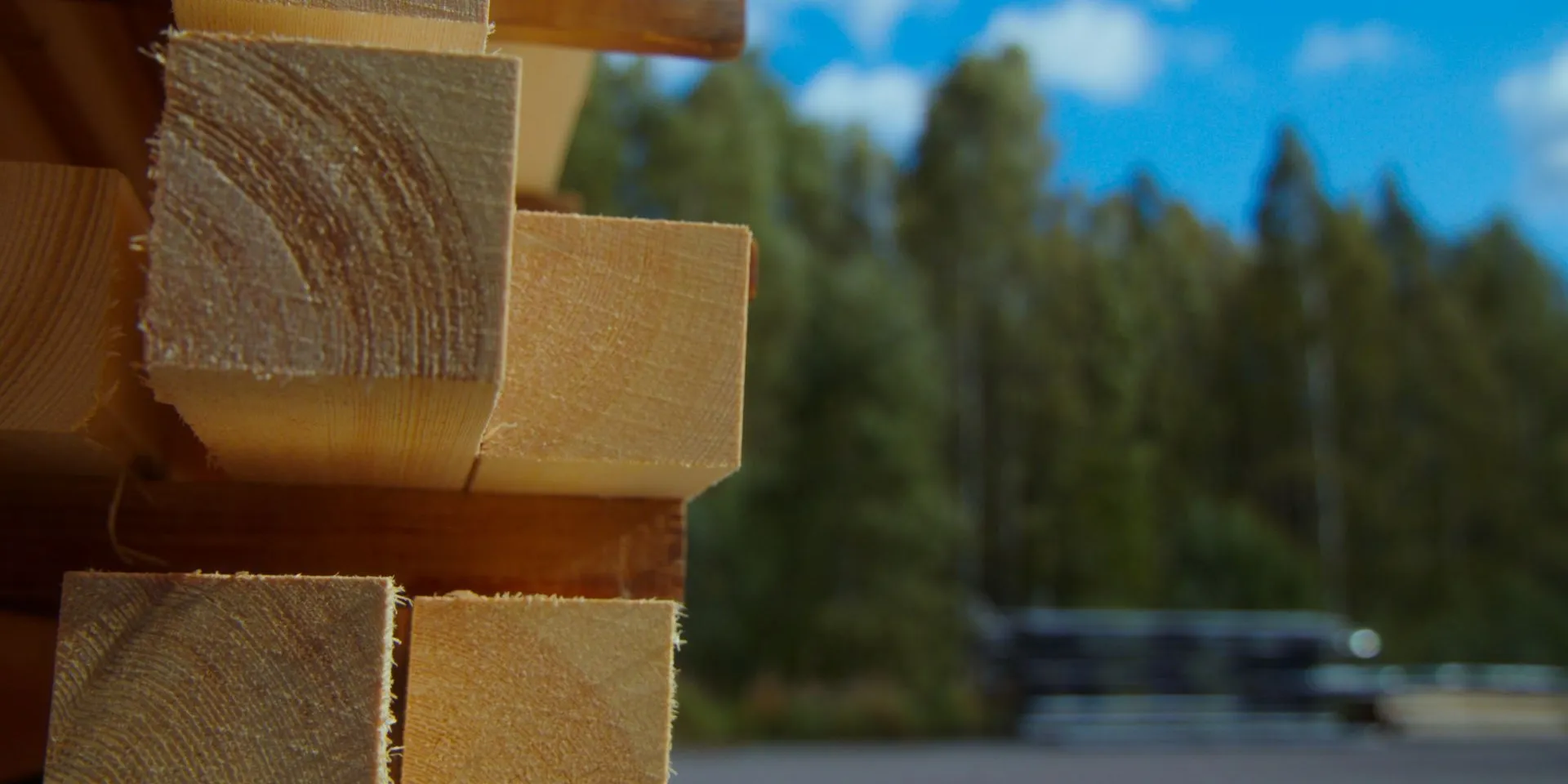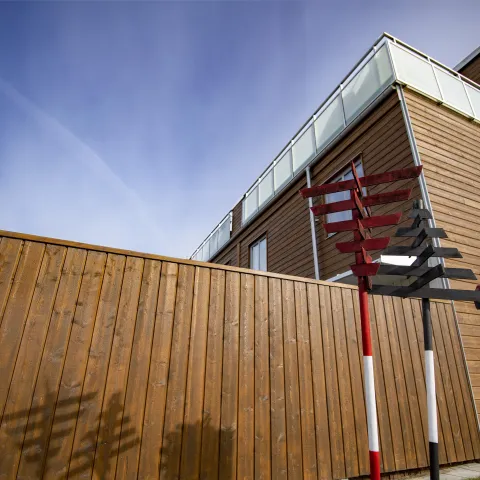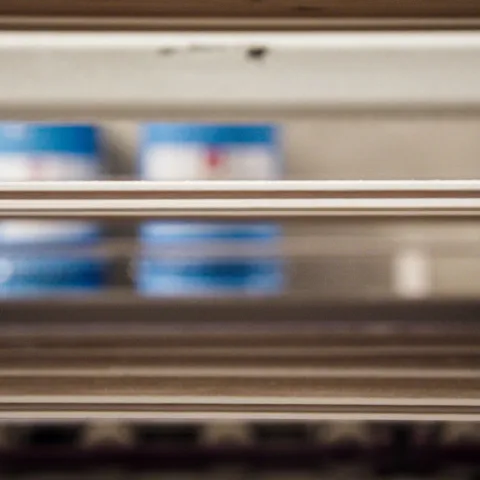What does good value mean in industrial wood coatings?
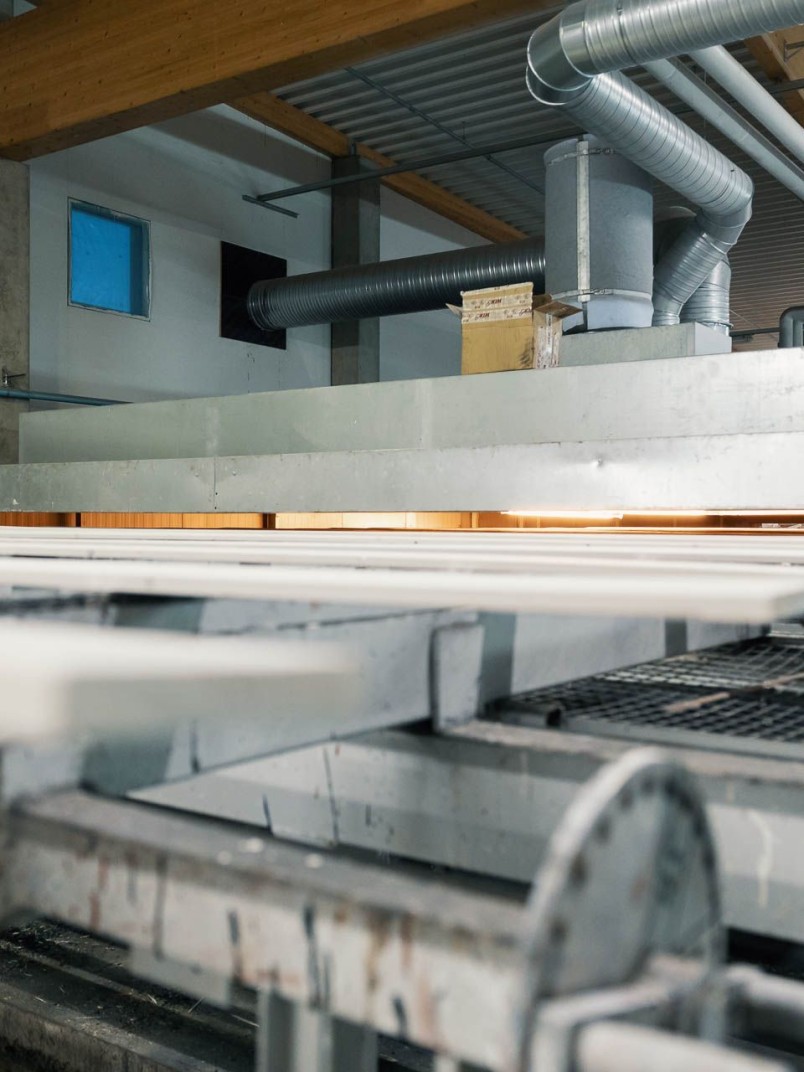
The industrial wood process is a challenging sector, with ever-increasing customer demands and expanding regulation putting pressure on everyone in the supply chain to constantly improve. Wood coatings are an essential part of that process, but understanding all they can achieve is sometimes lost in the race to be cost-effective. This is where the idea of considering value comes to the fore, where the headline price is only part of the overall picture and understanding why there is a lot more to consider when selecting a suitable coating.
Can cheaper priced industrial wood coatings end up being more expensive?
When you’re running an industrial wood production line, you have so many demands on your time to get all the moving parts working correctly it can be easier to look at the headline price of a product. However, this is missing key elements to include in calculations that make a huge difference for wood coatings.
Identifying those elements works best as a consultative process with your industrial paint supplier since they can give you technical insights on options you may not have considered. For example, it may be possible to reach the desired quality with a thinner layer of a particular coating, as was the case with interior panels manufacturer Lopen Rakennuspuu’s application of a fire-retardant lacquer.
Whether you’re producing windows, doors, cladding materials, furniture or something else, you’ll have expertise within your company. You may even have an application expert painting the products with a paint brand and technology long used in the company. Still, you may not have quite the same knowledge about the coatings you could be using instead of the current one.
What are the things to discuss with your coating supplier?
In discussion with your wood coatings supplier, you should be able to investigate:
- The €/square metre or €/piece
- The effectiveness of the application line
- The quality required and how to reach that
If a wood coating has a higher cost per litre but can be used efficiently on a production line and, due to its higher solid content, requires less of the product, then the actual cost of producing a piece could work out more cost-effective. Check out our cost calculator for wood coatings.
Optimising the wood coatings application process to create value
Paint suppliers have a deep understanding of their products, so involving them in conversations with people in different parts of your production line can pay unexpected dividends. A purchasing manager, or someone fulfilling that role, will have demands on their time across a whole range of products of which coatings are only one.
The idea here is not for your wood coatings provider to sell you more volume but to help solve your production problems. They may even help you optimise your wood coatings production line! Also, by having those direct conversations with the team using the product, you can ensure they know all the benefits and efficiencies it can bring.
Take the example of the idea to speed up a production line, resulting in more output from the same resources. However, what impact will that have on the drying time? Will the stacking on a quicker process end up with products sticking to each other? Will new application parameters work across the different seasons of a year?
These are questions that your wood coatings supplier can answer. More than that, though, the response doesn’t have to be a simple “Yes, you can do that” or “No, you can’t”. The response may be to recommend an alternative product that can deliver what the changing production line needs or, in large scale cases, work together to formulate a customised product that meets those needs.
This close collaboration is where value is engineered between producers and coating suppliers. The same also applies when considering switching your supplier. To understand what value they can truly offer you, they need to engage with your production line as well as your buying team and run trials. For example, how often do your nozzles need to be cleaned with an alternative supplier’s wood coatings? If it’s every hour that changes the calculation compared to if it’s every second hour. This is something you can’t see in the headline product price.
Does the choice of solvent-borne or water-borne impact value?
Water-borne wood coatings have been seen as a route to more sustainable outcomes in industry, although the larger market share is still with solvent-borne products. Each brings its benefits and challenges, and it may be some adaption is needed to understand the changes to production a switch to water-borne can bring.
At the moment, there is value in choosing a water-borne from a sustainable angle. The market will ultimately dictate, but as future legislation impacts environmental choices, there can be a cachet in offering products that meet these needs ahead of the curve.
Should life-cycle be part of the industrial wood paints value calculation?
Wood coating suppliers all have durability promises for their products, but how does that impact the industrial production process? There’s no simple answer here, and a lot will depend on the end customer’s demands.
It’s understandable to consider the pure numbers on offer. The idea that a coating will last twenty years is better than one that will last fifteen years. This will also feed into the sustainability conversation. As with the discussion around water-borne coatings, it will become an increasingly important topic as attitudes and legislation change.
If an end-customer is taking into account the life-cycle, then there is value to understanding how well a product will last in different conditions and how long before the coating is due a refresh. In this case, researching surface treatments that lengthen the life cycle of wood can be advantageous.
Outside of meeting a specific demand, you may wish to consider the trust value argument. When you’re working with a wood coatings company with a long history of delivering on its promises, you can be confident that their products will do what they say they will. A trustworthy brand can be relied upon to have created products that will still be delivering when products reach those refresh cycle limits, whether that’s fifteen years or twenty years.
So, what is good value in industrial wood coatings?
As you can see, there’s no simple answer to this beyond making sure you don’t only look at the price per litre of your wood paints on their own. Every case has individual aspects to consider, from how the coating is applied to the thickness of coating required and the volume of paint needed to reach that.
That’s where conversations with experts can guide and advise you. It isn’t realistic to expect your team to know all the drying times of wood coatings from different suppliers and the impact that can have on your production line. By working with your wood coatings supplier and taking advantage of their knowledge, you can start to understand the value they can bring to your process and then unlock the true value of your industrial wood coatings.
